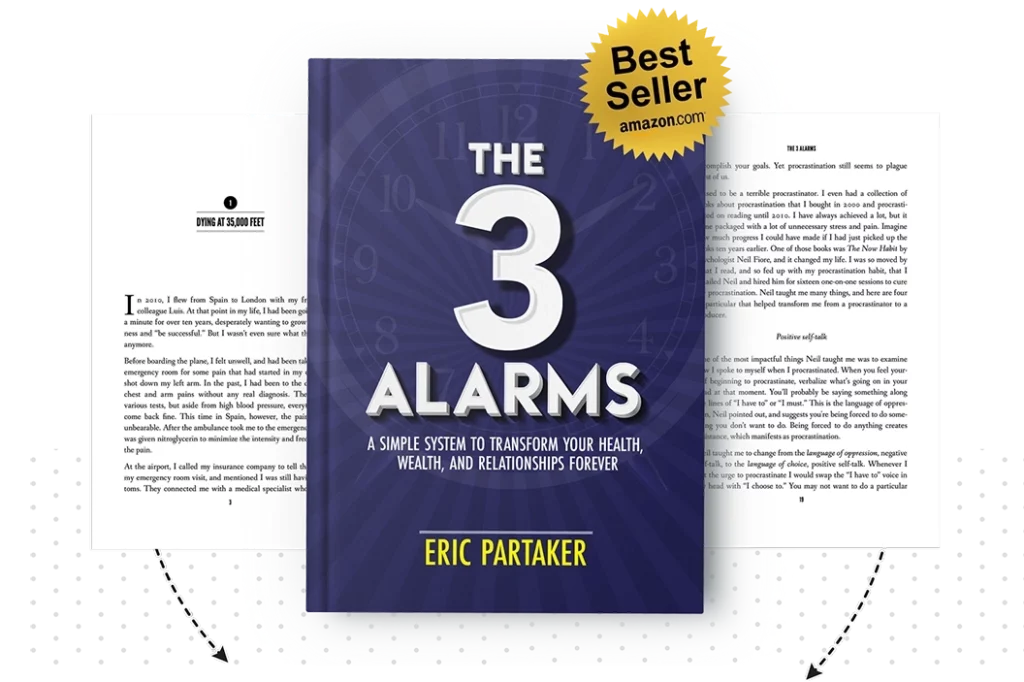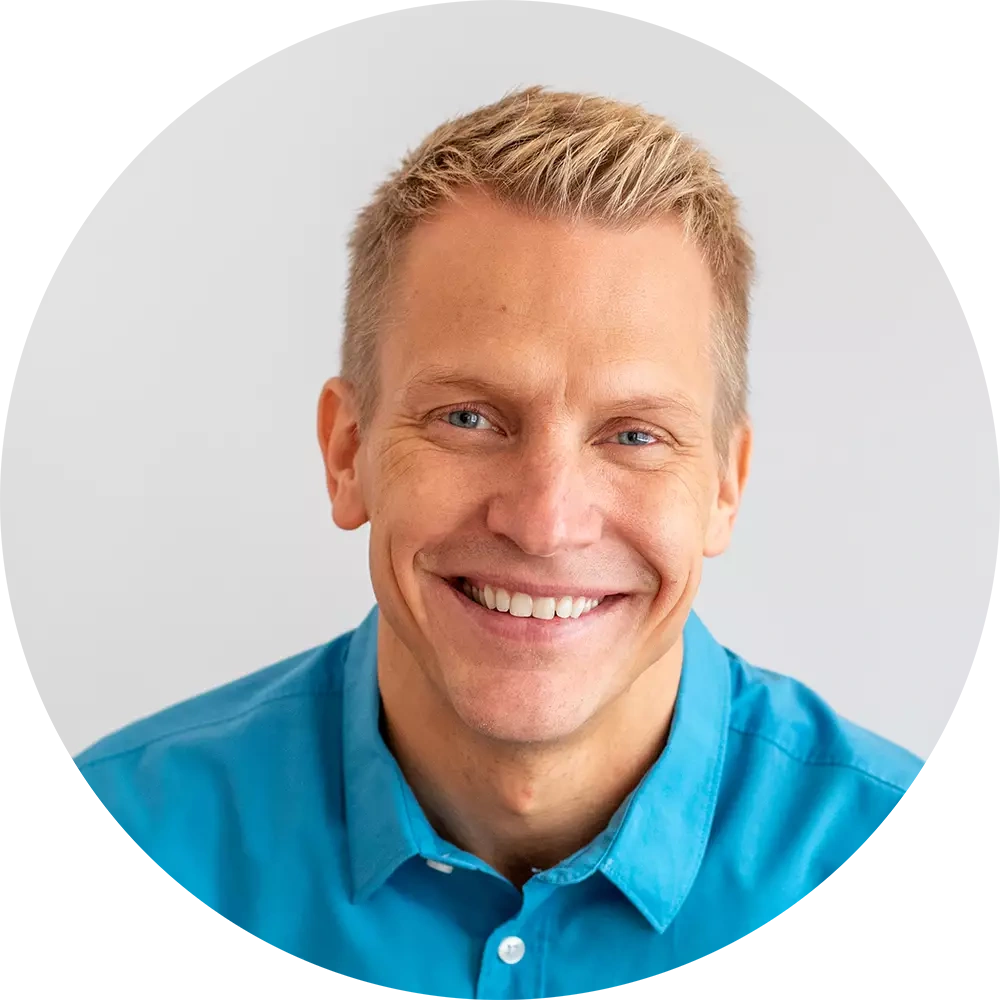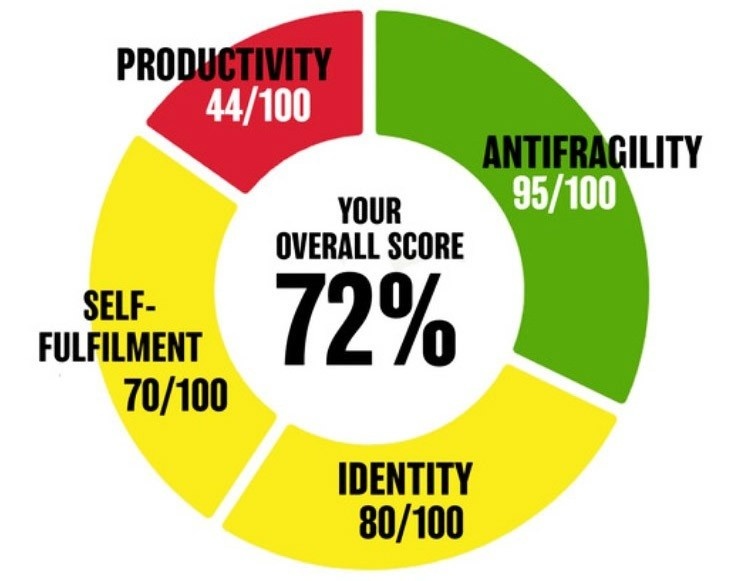SUMMARY
- If you’re anything like most ambitious people, you’re probably frustrated because you have so many things that you want to learn, do, or excel at. You keep banging your head against the wall because you’re trying to fit it all in, but it’s just not working. But unless you learn to focus on just one thing, you will not reach your full potential.
- In this video I’ll share three things that I’ve used to bring more focus to both my business and life, which helped me to create a coaching business that went from zero to a million dollars in revenue in less than a year
- The first step is tracking your time. The simple thing I suggest that you do is time sheet your week. So using a pen and paper just track every single activity you do each day, the start time and finish time and total minutes spent, and you’ll start to see where your time is going throughout the week.
- The second step is spending more time on what matters. Color code your calendar to identify all the different types of activities and ask yourself if you’re really spending enough time on what’s critical. Very often, we’re not actually spending time on what really matters for whatever it is that we’re working towards.
- The third step is prioritising your recovery. You need the energy that you’re bringing into the time that you’re spending on what matters most to be as high quality as possible. Otherwise you have no chance to bring the intense focus to your work. Make sure you get enough sleep and manage your energy throughout the day, taking breaks where necessary.
TRANSCRIPT
You’re frustrated because you have so many things that you want to learn, do, or excel at. You keep banging your head against the wall because you’re trying to fit it all in, but it’s just not working. The truth is, unless you learn to focus on just one thing, your career won’t progress as rapidly as you would like, and you will not reach your full potential. You will always remain in that land of the second-best. We have one life to live and it goes by faster than we think. And if we can just embrace this concept of doing less, to do more of going a little bit more slowly to speed up, we can actually change the entire trajectory of our lives. Today I wanted to share with you three things that I’ve used to bring some more focus to both my business in life and to really accelerate the results that I’ve experienced.
Applying these things allowed me to create, for example, a coaching business, which went from zero to a million dollars in revenue in less than just one year, but that only came through cutting out a lot of things, focusing on what truly mattered and making sure I was prioritizing my recovery along the way. Those are actually the three things that I want to talk to you about today.
The number one thing that you need to do to really develop this habit of focus, this habit of doing less to do more, is understand: where is your time currently going? We typically work through our weeks and we’re constantly busy and focused on doing the next thing, and then the thing after that, and we’re never actually stopping to ask, is our time being spent in the right way?
Are we doing the things that truly matter to us? It starts with just knowing, well, where is your time going? Most people have no idea, yet they say they don’t have enough time. But take someone like Richard Branson, for example – he only has 24 hours in the day. He doesn’t have 36. He doesn’t have 72. He has 24 hours just like the rest of us. So why is he able to achieve so much more? We’ll have no idea what we can achieve or where we should be spending our time until we understand first where our time is going. The simple thing I suggest that you do is time-sheet your week. So literally for one week, just track, where is the time going? Every single activity each day, how much time you’re spending on it, start time and finish time, total minutes, and just start to track how your time is going and where your time is going throughout the week.
Also, you could take your calendar and you can color-code your calendar – color code the different activities on your calendar. The strategic work you’re doing, maybe the more tactical work, maybe the work that relates to home, maybe the work that relates to health, the working out that relates to health, and get a sense of the different categories in your week. Again, visually, where is that time going? What are the different colors that appear? The next thing you need to do is increase the time being spent on what truly matters most. So you’re looking at that calendar and you see a myriad of colors there, or you’re looking at all those timesheets and you see a myriad of activities. There are some that will truly matter more than others.
If you’re a writer, for example, how much time are you actually spending on writing, sitting down, the pen to paper, or fingers to the keyboard? If you’re a singer, how much time are you actually spending singing? If you’re a CEO and you’re supposed to be helping your teams make better decisions – I’m supposed to be helping them follow through on their actions; clear the way on the goals; deciding the strategy for the company; attracting the next best talent; managing the company’s financial picture and metrics – how much time are you actually spending doing that? Take a deep look at that calendar and see where that time is going. And that next step is to really turn up the time on what really matters. Because a lot of times we get frustrated with our progress, but if we really look at where our time is going, and if we’re really honest with ourselves, we’re not actually spending time on what really matters for whatever it is that we’re working towards.
If your goal is to create content, for example, how many minutes per week are you actually spending in content creation? If your goal is to become a great speaker, how much time per week are you actually spending in practicing your speaking? And then when you look at all the different areas that you’re spending time in the week, what are the different colors, for example, that you can be saying no to? So you’ve color-coded your calendar. You want to increase the focus on the colors or the activities that matter most. And then what can you be stripping out? What can you be saying no to? Because unless you say no to certain things, you won’t be putting enough time in what truly matters. There’s an opportunity cost to success. And if you want to achieve one big goal, then often you have to say no to many other very important goals.
So we want to track: where are we spending that time? We get a really good sense of where our time is going in the week, activities, minutes, color-coding that week, seeing the different categories of activities – we really want to decide, well, what are the activities that matter most? How do I increase the time spent on those by decreasing the time spent on other things? But then, last but not least, we need to also be prioritizing our recovery. We want the energy that we’re bringing into the time that we’re spending on what matters most to be as high quality as possible. Otherwise, we have no chance to bring the intense focus to our work, to our craft, to whatever it is that we’re doing. We’ll become easily distracted. We’ll take too long to produce. Things will become frustrated, more irritable. We’ll quit more readily or easily.
But if we’re protecting our recovery time, then we have a shot at bringing that intense focus to the activities that matter most for the areas of life that we want to develop most. Prioritizing recovery is not just about getting great sleep. Of course, it is that we definitely need eight hours of sleep a night, but it’s also about how we start our days. You try to start your day with a bit of exercise, with a bit of meditation, but then also as you’re progressing through the day, you want to manage your energy to decline. Think of you having a tank of gas in you. You’re an automobile. At the start of the day the tank is full and inevitably the tank gets empty throughout the day, but you can slow the speed of that decline.
You can slow that usage of fuel, if you will. And one of the important ways you can do that is by taking proper breaks throughout your day. And I’ll give you a quick example when I’m working on, say, content creation. If I’m working for 60 minutes, a 60-minute block of time on producing something, writing a script for a video, writing a new blog post, writing a new email, I don’t actually work for the full 60 minutes. I worked for 50 minutes and then I took a break for 10. I get up, I move around, have a glass of water, talk to a colleague or a member of the family if I’m working at home, but I’m not constantly trying to produce. And by taking those breaks, although my time at the keyboard or my time in front of the camera or my time writing might actually be less, I produce more in the end because I preserve my energy longer throughout the day.
Now, when I’ve applied all of these things in my life, as I mentioned at the start of this video, it had enormous success. It created enormous success for me within the field of coaching. So again, I created a business that went from zero to a million dollars in revenue in less than a year. And how did I do that? Well, I started by really understanding once again where it was all my time going. And I noticed that I had a lot of distraction time. I had a lot of kind of in-between time, I’ll call it. So one task ends and you’re about to start the next. But for some reason, it took 17 minutes to do that. And you don’t know where that time went. Hopefully not mindlessly, but often that could be the case, or you might just be moving a little bit too slowly.
So I started to really track that time. And I noticed that I wasn’t spending enough time on the things that were going to really matter in the coaching space. And for me at that time, that was spending more time on proposals. So talking to new potential clients and spending more time on coaching. I was doing all of these other things rather than those two primary things. And I color-coded that. So I knew my proposal conversations are red on my calendar. My coaching conversations were green, but then I had all these other colors going on. It looked like a rainbow of other different activity sets that weren’t related to the primary activities that were going to create the most success in my life for that mission at the time. And when I then went into that next step of recalibrating my calendar, I started to spend more time on the things that mattered most.
So I started spending more time on actually generating proposal conversations and actually having those conversations, actually trying to generate new clients, which resulted in more time spent coaching, which improved my skill set and became this circular cycle of improvement which led to the business growing – all aided by the fact that I was prioritizing my recovery. I was making sure I was getting those eight hours of sleep. I had that meditation in the morning, that exercise, and then super importantly, I was taking breaks throughout the day. And also making sure that my day actually ended at a set time, all of these things combined created that huge shift in my life. All because I was changing that focus from being that scattered light bulb with light, going in a million different directions, to having that laser-sharp focus on truly what’s going to matter most for me – but I had to say no to things as well.
So at the time, I had this passion for learning languages and I really wanted to continue learning Portuguese. I wanted to continue learning French, but were Portuguese and French actually going to help me build this new business? No, they weren’t. And there’s an opportunity cost to everything, right? If every hour was spent trying to improve Portuguese; every hour spent trying to learn French; that was an hour less spent on the things that truly mattered in the creation and the development of the coaching business that I was in the process of forming and building. So in summary, look, I get that. You want to do it all. You have your hobbies, you have your different professional pursuits. You have a myriad of other goals and tasks and things in your life. And it frustrates the heck out of you to think about giving some of these things up.
But you need to really zero in on the one area of your life, where change will create the greatest positive impact, even if everything else stays the same. And then if you track, where is your time currently going? How can I increase the time spent on what matters most and how can I prioritize my recovery? I think like me, you’ll have a rocket fuel injection to the trajectory of your life and you’ll start experiencing better results faster and become a lot happier in the process.
of your family.




